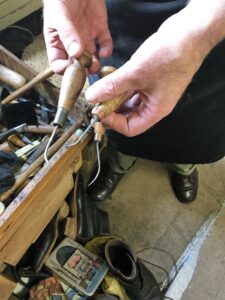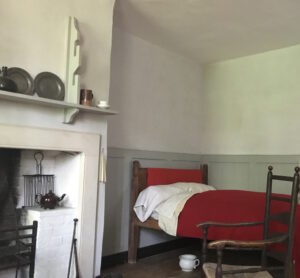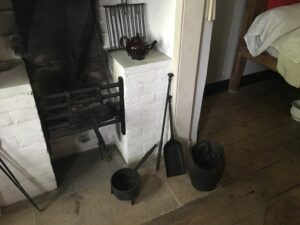I chose to focus on a colored apron, which was found both in the Staplehurst workhouse inventories and the St. Andrew Undershaft records which we used for our pauper biographies.
In terms of it being presented in both physical and digital forms, a dual approach would be particularly interesting. This could be an object that would be purely on display, but it could also be integrated in an exhibit where visitors could try on and experience the clothes firsthand with replicas. This would be much more of an experience, though difficulties might arise in the making of the exhibit.
As for the digital side, that too has a great deal of potential. An image or even a 3D model of a person wearing everyday wear, including the apron, would aid in understanding the period visually. Furthermore, digitally it becomes significantly easier to illustrate how a colored apron would be special. Having multiple people in plain aprons with one person in a colored apron in an image, etc. gives the visitor a better context and understanding of the significance that the apron is colored, as opposed to a single item on display.





